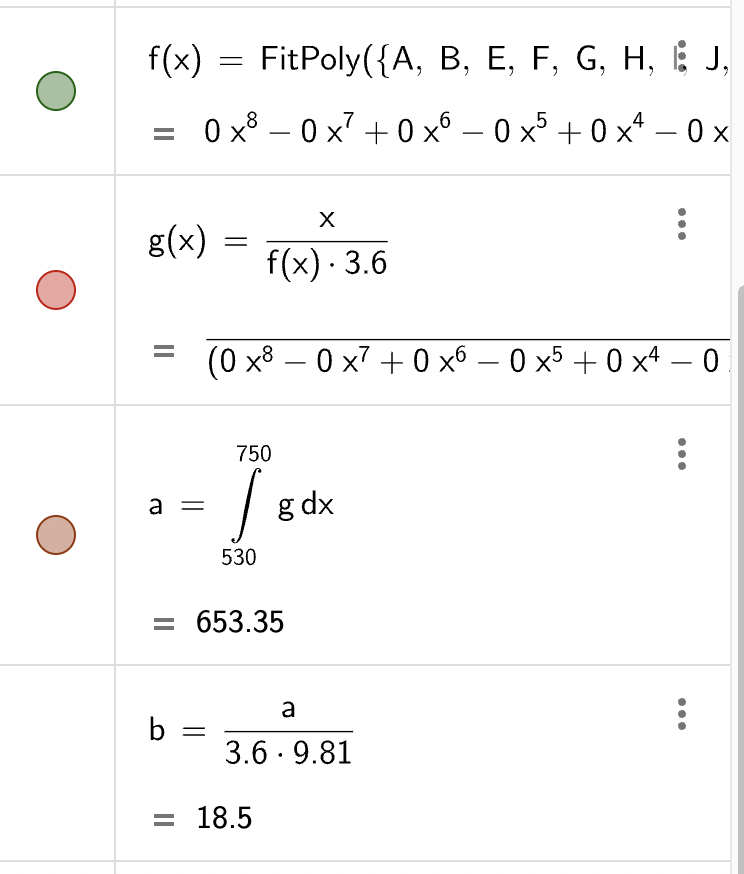Specific excess power is a fancy term (and way) to simply measure how much energy is gained in every infinitively small interval of time, in mathematical terms Specific excess power is the derivative of energy over time . The reasons it’s measured in m/s (or ft/s for freedom units) are:
It’s called Specific because the energy gain is divided by gravitational constant and aircraft mass (kinda like Ny is just normal force divided by mass and grav. constant).
All energy is assumed to be potential (energy is still energy and a part of the one indicated in the sep chart (as in our case since altitude is constant) could be kinetic, but the total amount doesn’t change whatever the composition of kinetic and potential is).
Gravitational potential energy formula: m\,g\,h .
This means that: SEP = \frac{\dfrac{d}{dt}m\,g\,h}{m\,g} = \dot h.
Now in our case all potential energy becomes kinetic, so I equal the two and take the derivative over time of both and equal them:
m\,g\,h = \dfrac{1}{2}\,m\,V^2
\dfrac{d}{dt}m\,g\,h = m\,g\,\dot h = m\,g\,SEP(V) and \dfrac{d}{dt} \dfrac{1}{2}\,m\,V^2 = m\,V\,\dot V
m\,g\,SEP(V) = m\,V\,\dot V
Then i change notation for the derivative of speed (acceleration) from (\dot V ) to \dfrac{dV}{dt} and then solve the diff. equation.
\dfrac{dV}{dt} = \dfrac{g}{V}\, SEP(V)
\displaystyle\int_{v_0}^{v_f} \dfrac{V}{SEP(V)}\;\mathrm{d}v = \displaystyle\int_{t_0}^{t_f} g\,\mathrm{d}t .
\dfrac{ \displaystyle\int_{v_0}^{v_f} \dfrac{V}{SEP(V)}\;\mathrm{d}v }{g} = t_f -t_0
I’ve interopolated SEP(v) from the chart and then let the computer solve the integral for me. (I’ve divided by 3.6 a couple of times because chart x axis is in kph and not in m/s). Then i divided by g to find time interval.
Edit:
The “g” under the integral here is the function g(x) above which is V/SEP(v) (x is speed and f(x) is SEP interpolation) and not “g” gravitational constant.

